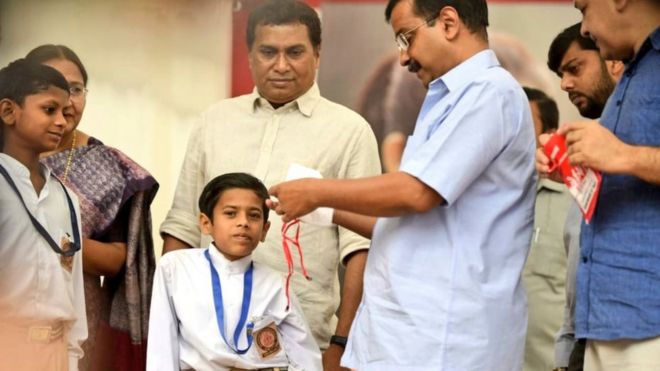 TWITTER/@ARVINDKEJRIWAL
TWITTER/@ARVINDKEJRIWAL
Five million masks are being distributed at schools in India's capital, Delhi, after pollution made the air so toxic officials were forced to declare a public health emergency.
A Supreme Court mandated panel imposed several restrictions in the city and two neighbouring states, as air quality deteriorated to "severe" levels.
All construction has been halted for a week and fireworks have been banned.
The city's schools have also been closed until at least next Tuesday.
Delhi's Chief Minister Arvind Kejriwal said Delhi had been turned into a "gas chamber".

The masks are being handed out to students and their parents, and Mr Kejriwal has asked people to use them as much as possible.
The levels of tiny particulate matter (known as PM2.5) that enter deep into the lungs are 533 micrograms per cubic metre in the city. The WHO recommends that the PM2.5 levels should not be more than 25 micrograms per cubic metre on average in 24 hours.
- Delhi smog: Foul air came from India's farming revolution
- Tackling pollution from stubble burning in India
As thick white smog blanketed the city, residents started tweeting pictures of their surroundings. Many are furious that the situation remains the same year after year.
The hashtags #DelhiAirQuality and #FightAgainstDelhiPollition are trending on Twitter.



One of the main reasons for air quality in the city worsening every year in November and December is that farmers in the neighbouring states of Punjab and Haryana burn crop stubble to clear their fields. It's made worse by the fireworks during the Hindu festival of Diwali.
There are other reasons too, including construction dust, factory and vehicular emissions, but farm fires remain the biggest culprit.
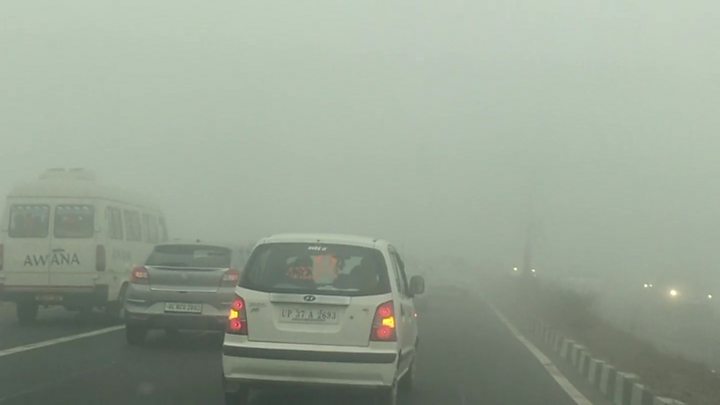
More than two million farmers burn 23 million tonnes of crop residue on some 80,000 sq km of farmland in northern India every winter.
The stubble smoke is a lethal cocktail of particulate matter, carbon dioxide, nitrogen dioxide and sulphur dioxide.
Using satellite data, Harvard University researchers estimated that nearly half of Delhi's air pollution between 2012 and 2016 was due to stubble burning.
The burning is so widespread that it even shows up in satellite photos from Nasa.
What are PM 2.5 particles?
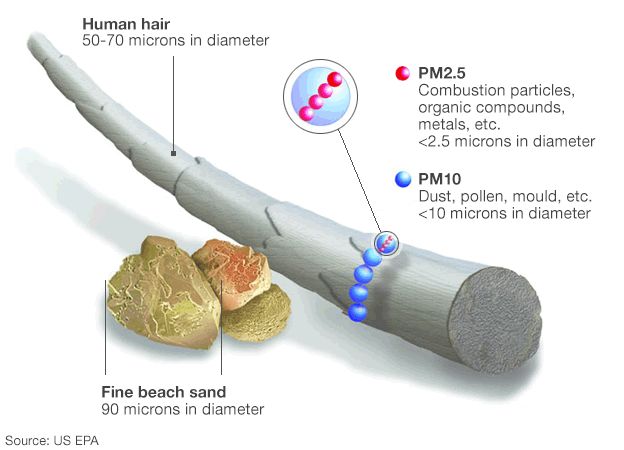
- Particulate matter, or PM, 2.5 is a type of pollution involving fine particles less than 2.5 microns (0.0025mm) in diameter
- A second type, PM 10, is of coarser particles with a diameter of up to 10 microns
- Some occur naturally - e.g. from dust storms and forest fires, others from human industrial processes
- They often consist of fragments that are small enough to reach the lungs or, in the smallest cases, to cross into the bloodstream as well
India
India state denies WhatsApp hack amid outrage
- 1 November 2019
- India
The women taking on the world in black sari
- 1 November 2019
- India
India formally divides Jammu and Kashmir state
- 31 October 2019
- India




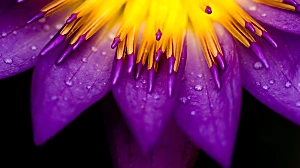
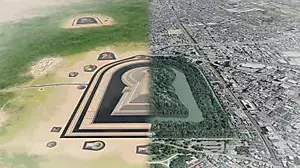

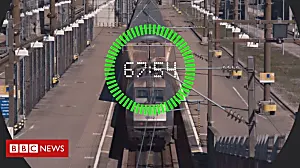

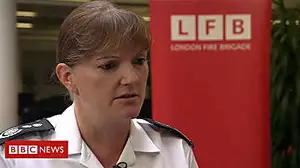
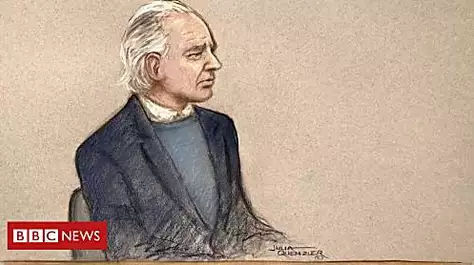

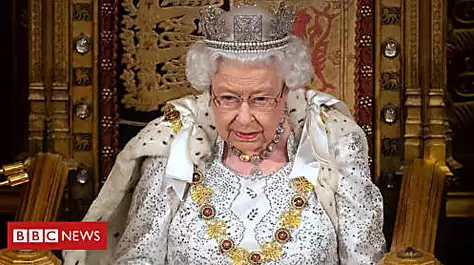
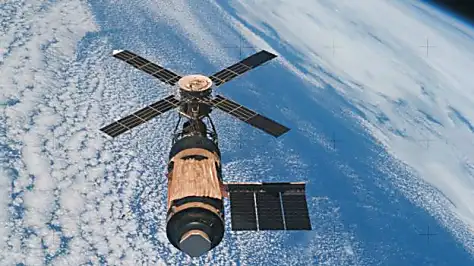








No comments:
Post a Comment